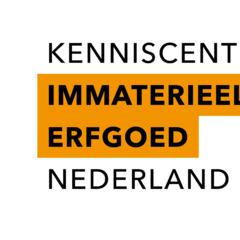Cotton printing is one of the oldest printing techniques and is done with hand-engraved wooden printing blocks. The printing blocks are used to stamp patterns on paper or textiles (usually cotton, linen or silk fabrics). Internationally, it is also called (wood)block printing. In Europe, printing was traditionally done with 'stick-on' (painter's) paints as a cheap replacement for embroidery, among other things. The intangible cultural heritage of cotton printing consists, besides printing, of the design and manufacture of the wood blocks used for printing and the knowledge of the paints.
Since there are no longer any wood engravers in the Netherlands, the Katoendrukkerij (Cotton Printers) therefore co-operate with, among others, workshops where printing blocks are milled and/or lasered. At the Katoendrukkerij, textile and paper are printed with environmentally friendly synthetic dyes and the largely disappeared practice of printing with natural dyes is being developed.
Cotton printing-block printing is an ideal technique for printing patterns on home textiles or clothing fabrics, and the prints from printing blocks can also be used as a basis for embroidery. For felters, it offers a basis for felting printed fabrics, weavers can print their woven fabrics and quilters print their quilt fabrics or quilt labels. Cotton printing is also a nice technique to use in mixed media (as, for instance rubbing or in combination with gelli-plate as layered print).



